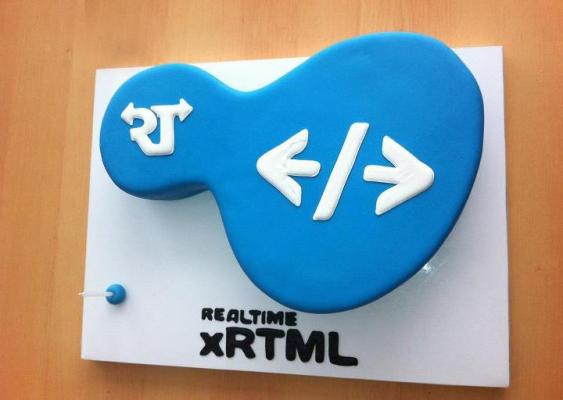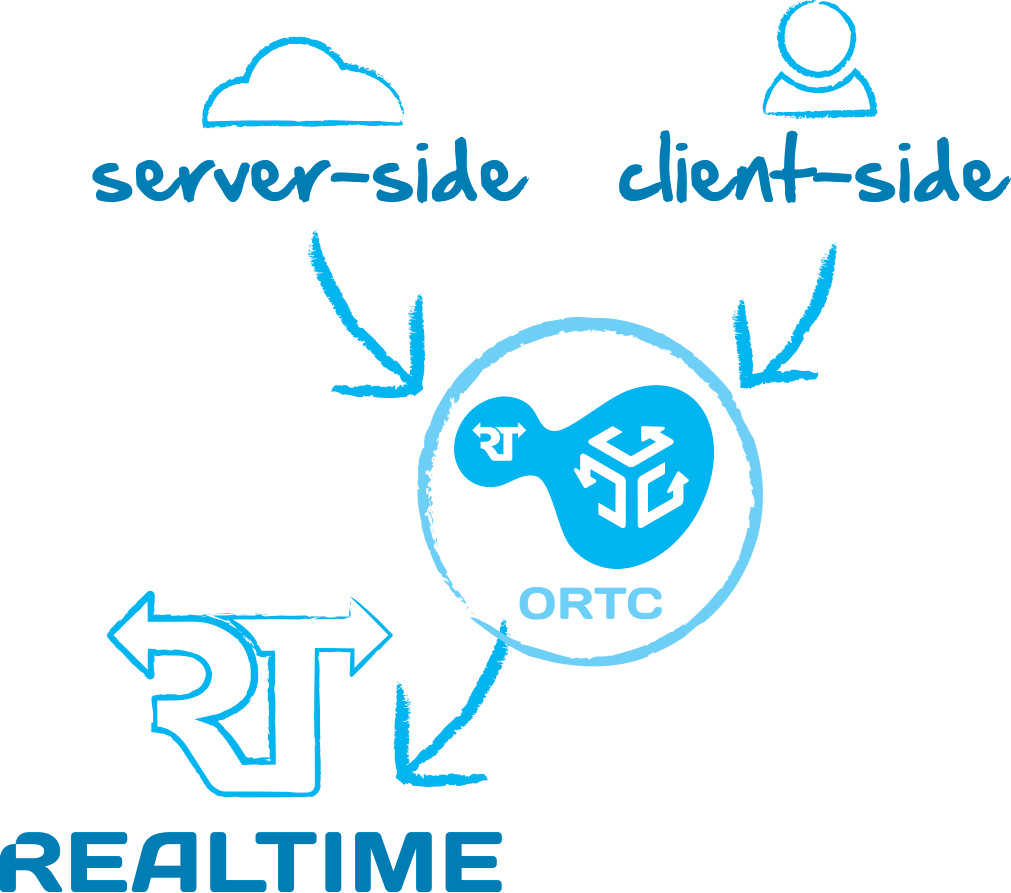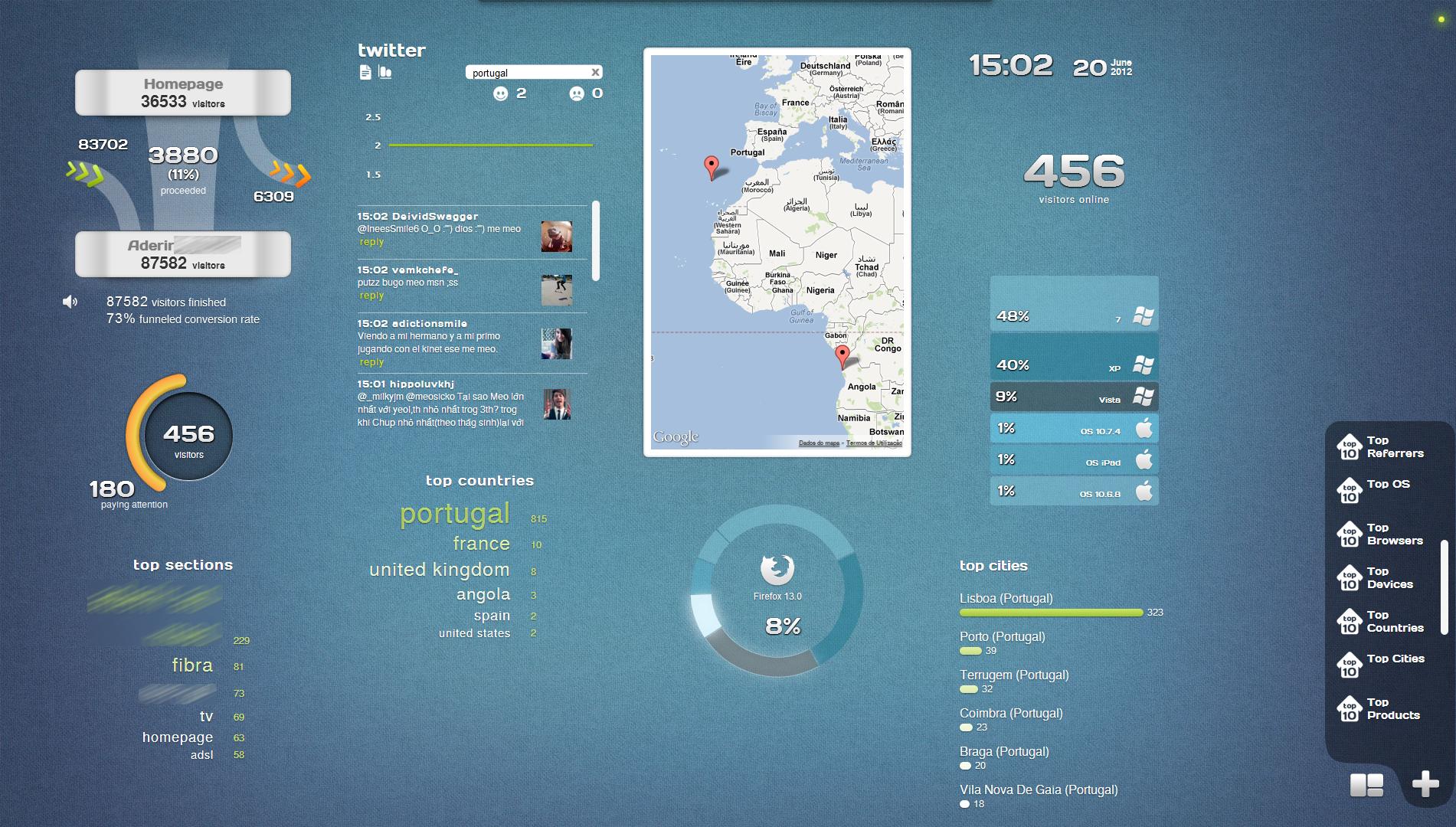Realtime, a technology developed by a company which has been around since the Internet’s earliest days with the practically un-Googleable name “Internet Business Technologies,” has just received a massive $100 million investment to help fund its lofty plan to build the real-time web. The company offers a developer framework that now powers 2,000 real-time client applications, but, until now, it has only been available outside the U.S.
However, with the new investment from the three-month old, Såo Paulo-based BRZtech, a firm backed by private investors in Europe and South America, as well as Portuguese investment vehicle The Ongoing Group, Realtime is today launching its developer platform stateside.
“What can I do to be disruptive?,” CEO Andre Parreira asked himself years ago, when thinking about how he could scale his company internationally. “I looked to the Internet, and I saw that the Internet is based on a 30-year old protocol – it’s still request/response – so it’s static. It’s not delivering on the promise that the Internet will give us a true interactive experience,” he said. “So, let’s create the live web,” he thought.
That’s the goal with Realtime, which offers a freemium-based developer framework for building live web applications. However, to be clear, the funding isn’t just for the company itself – it’s also to fund the industry, including everything that would need to spring up around this “live web” ambition in order to make it a success. The company claims to have already signed up over 1,000 developers for its beta and plans further outreach through conferences, hackathons and other competitions.
Nope, no small dreams here. Just “a whole new era of the Internet,” as Parreira calls it.
How It’s Built
The platform can be used without changing the underlying technologies of the web. Instead, it runs on top, creating persistent, bi-directional connections with every user. It’s powered by ORTC (Open Realtime Connectivity) and xRTML (extensive Realtime multiplatform language).
ORTC is a cloud-hosted messaging system for web apps or native apps running on Android, iOS or Windows Phone. It enables applications to push updates from the server to the browser or client without requiring a manual page refresh. It relies on WebSockets, a protocol supported by the current versions of all major browsers except Internet Explorer 9, which requires a plugin. For browsers that don’t support that standard, ORTC will fall back to the next best thing: AJAX, which has long been good enough for applications like Gmail. SSL is available for secure connections.
ORTC has API support for several languages and frameworks, including Node.js, ASP.net, Java and PHP and supports iOS, Android and Windows Phone.
Parreira says he began work on the Realtime platform three years ago, and wanted to make sure it was something that would work cross-browser, cross-device, and cross-language, so anyone could use it. “The idea is to create an abstraction layer so you can use the real-time messaging system in a cloud-based environment,” he explains, “then you can develop whatever you want without worrying about what could happen in terms of protocols in the future.”
Use Cases: Publishing, E-Commerce, Ads
Currently, there are three main use cases for such a system. One would be for web publishers, who want to offer more interactivity between users on their website. In this scenario, users could see what others were doing on the site, including which sections of the site were popular, what comments were being added, etc. The experience would be familiar to any Chartbeat users – it’s that same feeling of live connectivity that would be present here, but it could do more than just highlight clicks and shares. (You can see a publisher who has implemented Realtime here, for example).
Another vertical would be e-commerce, which would allow retailers to watch as customers shop the site, then offer them things like coupons, discounts, or customer support in order to increase conversions. And then there are real-time ads, which is currently the third most popular use case, but one which could finally steer advertisers away from click-based metrics. “Because you’re connected in real-time with a persistent connection, and it’s bi-directional, you can also see where your audience is in the moment, what they’re doing, and what they’re looking at,” says Parreira. “So, if you have an ad in front of you, our system can note that you’re looking at the ad, and can track the time to the millisecond.”
The company is now entering the U.S. market, so it’s looking to partner with more companies here. However, it already has some deals underway, including several around the social TV space, such as with TVplus and Watchwith, for example, as well as with social marketing company Nobox, and TV channels Univision and the Tennis Channel. Worldwide, there are many other clients, including Sephora and South America’s largest bank, Banco do brasil. Combined, Realtime’s partners now power 120 million user connections across the web.
Parreira says that many people have talked about the real-time web, but generally in abstract terms. “Realtime is the first company building a tangible framework that will make that abstraction a reality. We did not create a product. We created an industry,” he boldly proclaims. “Real-time will be the foundation of the next web, the modern era of the web, or, if you want, ‘web 3.0,’ and I think it’s really going to impact a lot of businesses.”


